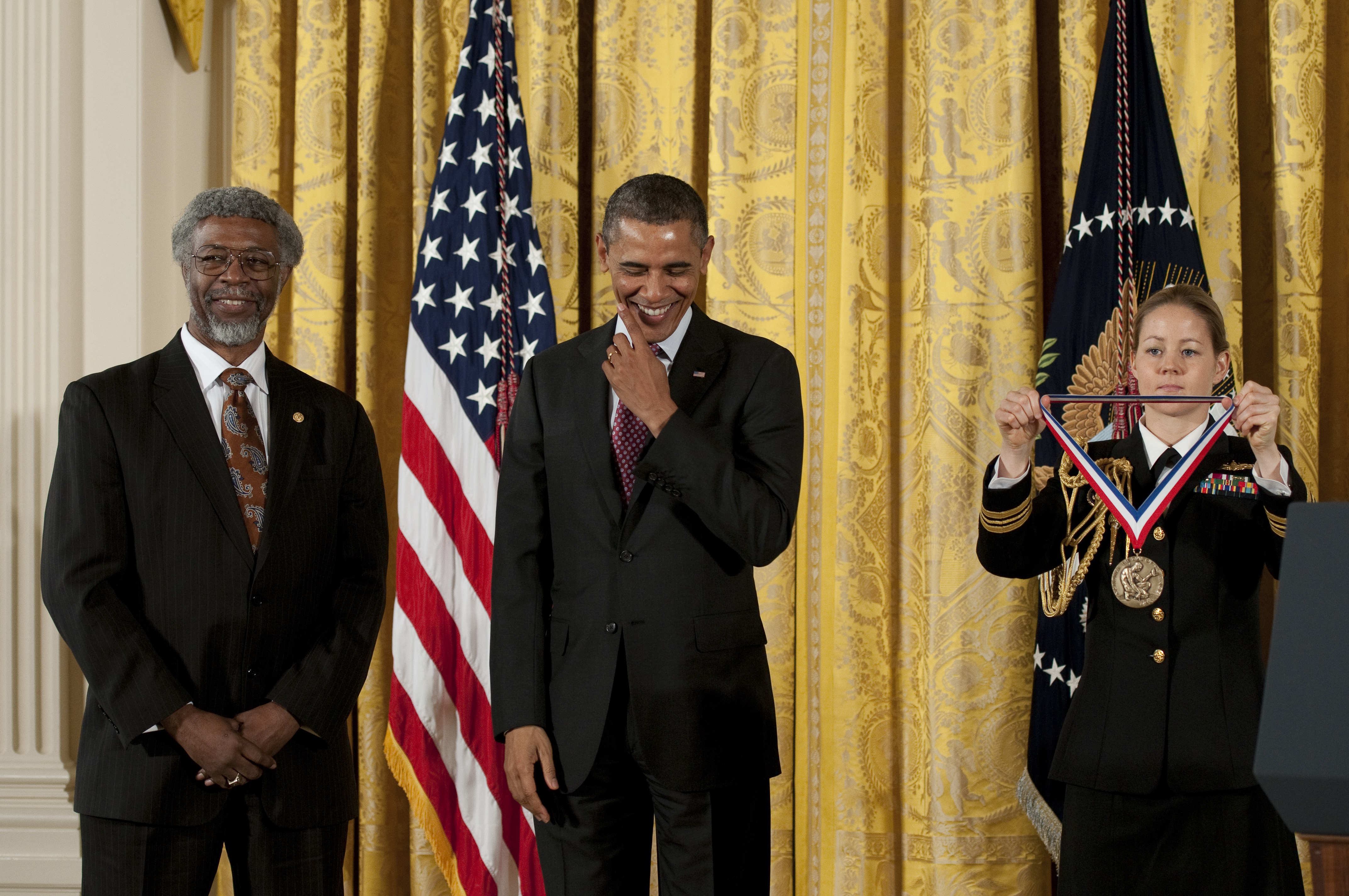- Details
-
Published: Monday, December 24 2012 00:00
Physics World's compilation of the year's biggest discoveries included the work of several UMD physicists. The highest-rated discovery was that of the Higgs particle reported by the ATLAS and CMS collaborations at CERN. Professors Drew Baden, Sarah Eno, Nick Hadley and Andris Skuja are all collaborators on CMS, and have made significant contributions in the building, running, and analysis of the data. Professor Alberto Belloni will join the department from ATLAS in January, and will become the fifth faculty member on CMS, an international collaboration.
One of the next highest-rated discoveries was attributed to Leo Kouwenhoven and colleagues at Delft University for confirmation of the Majorana fermion, closely following a prediction by Sankar Das Sarma and UMD/JQI colleagues in 2010.
The BaBar experiment's discovery of time-reversal invariance in the quark sector also made the top-10 list. Professors Hassan Jawahery and Doug Roberts played key roles on BaBar, another large international experiment using electron-positron beams at SLAC. Jawahery served as the physics analysis coordinator and later as spokesperson (overall leader) of the experiment.
The Dec. 21 edition of Science named the Higgs boson as the year's top discovery and also cited the importance of the Majorana fermion.

